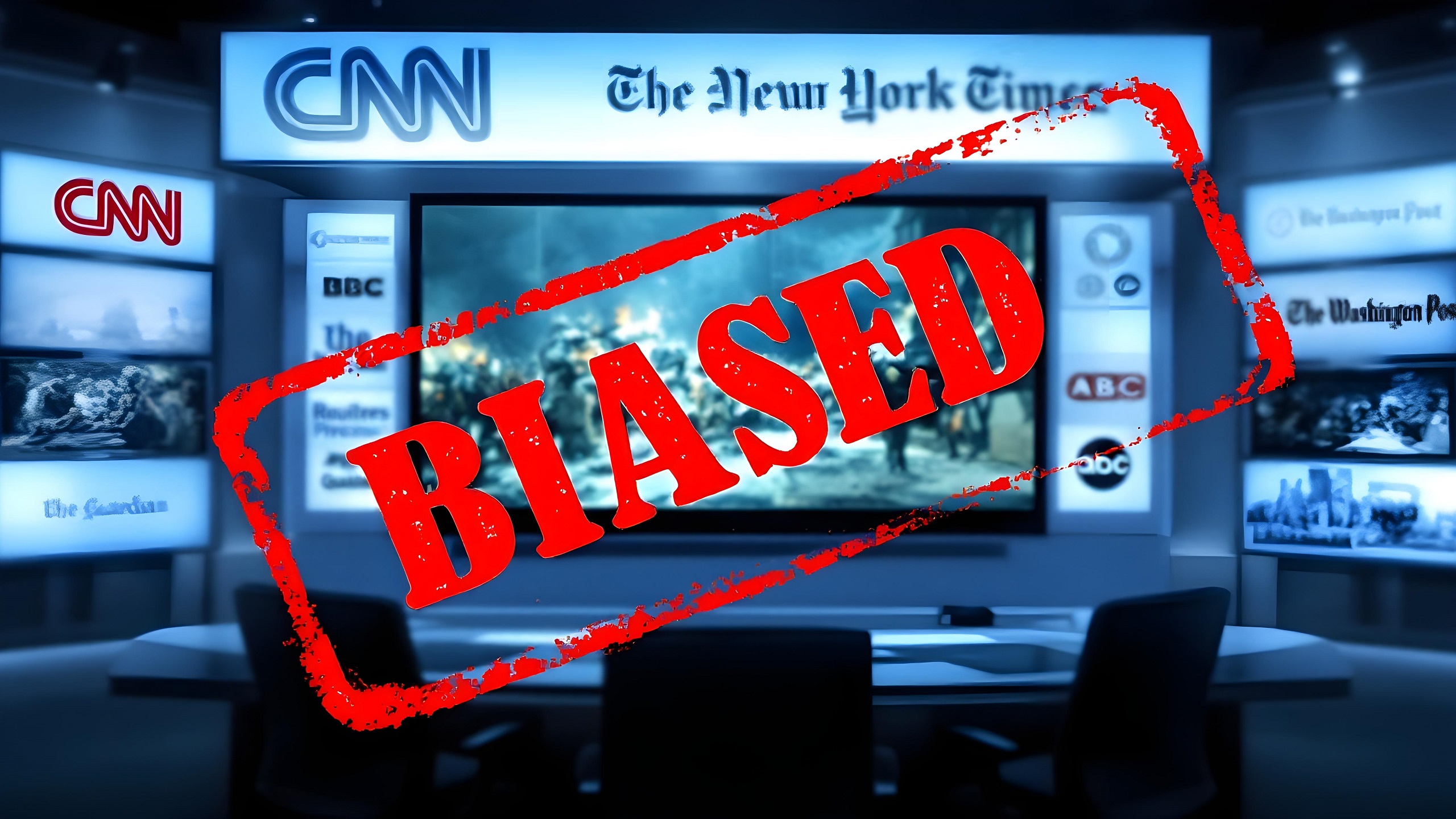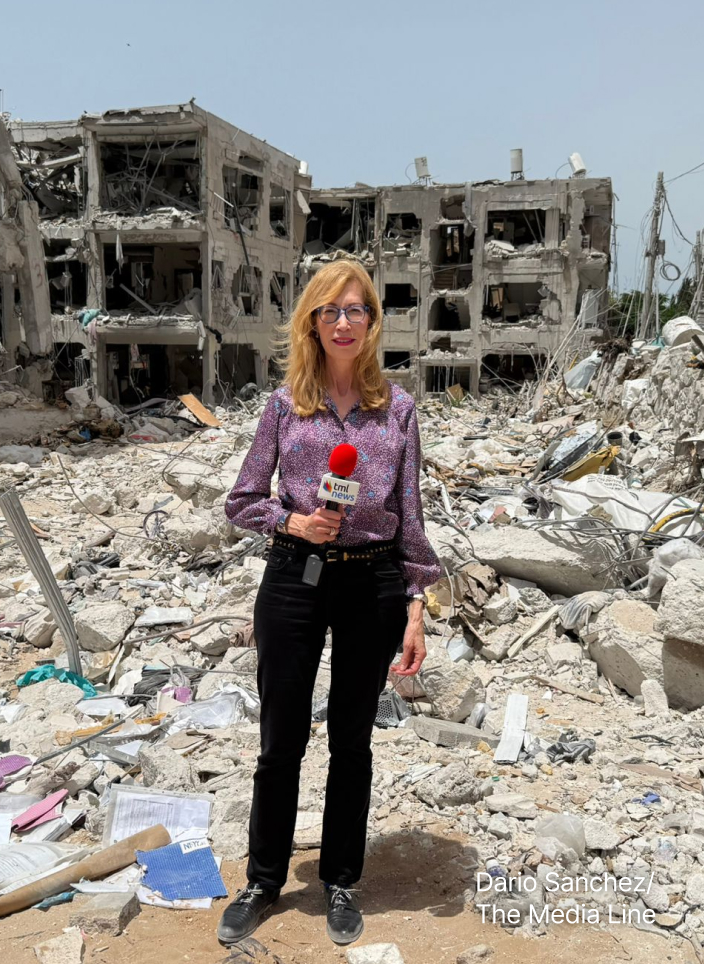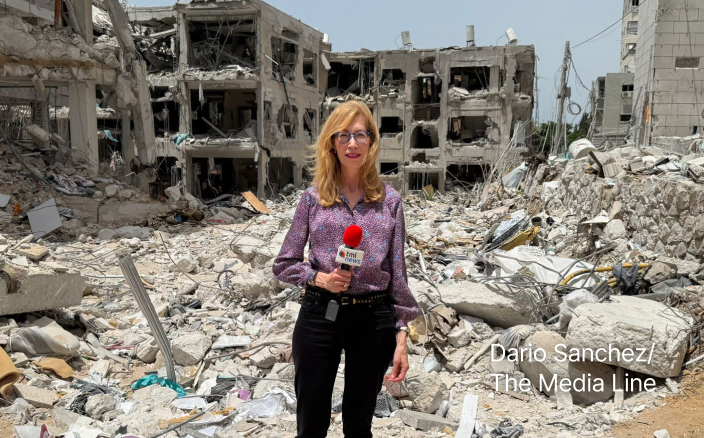Major Study by Int’l Research Team Challenges Media’s Portrayal of Gaza Casualties
The research team’s findings suggest widespread reliance on unverified data and a lack of balanced reporting
In an era when global audiences depend on major media outlets to understand world conflicts, a new study has thrown open the doors on some of the biggest names in journalism. A recently released, far-reaching report from Fifty Global Research Group suggests that reputable English-language powerhouses—including CNN, BBC, The New York Times, The Washington Post, The Guardian, Reuters, Associated Press, and ABC News—have consistently blurred the lines between civilian and combatant casualties in Gaza. The research indicates that this reporting approach feeds a narrative of Israel’s role as a large-scale aggressor, while side-stepping the influence of armed Palestinian fighters.
The 1,378-article analysis, conducted between February and May 2024 and supported by the International Institute for Socio-Legal Studies, shows that these respected outlets frequently rely on Hamas-provided figures while often ignoring or downplaying Israeli data. According to the study, Israel is cited as a source for casualty numbers in just 3% of the sampled publications. By contrast, Hamas figures appear in 98% of the reports, and only 1% of sources mention that Hamas’ data cannot be independently verified. Meanwhile, 19% of publications present Hamas’ figures as if they were confirmed, while questioning Israel’s data almost half the time. Combatant deaths are frequently omitted from total fatality counts, reinforcing a narrative that Israel’s actions are solely harming civilians.
Beginning of the Research
The impetus for this deep dive into media reporting practices came from a personal turning point. Tatiana Glezer—sociologist, project director at the Fifty Global Research Group, and development director at Boyar International School—recounted how her own trust in major media outlets was shaken after the October Hamas attacks. Before that, she said, “I constantly read them, for example, to stay informed about the war in Ukraine. Naturally, after Hamas attacked Israel in October, I continued following them. But I was deeply shocked. Instead of the expected neutrality in presenting information, I found a stark lack of it. That’s when the hypothesis for our research was born,” she told The Media Line.
The findings confirmed our hypothesis: Neutrality was severely compromised.
In February 2024, Glezer kicked off a pilot study of 211 articles from five leading media outlets. “The findings confirmed our hypothesis: Neutrality was severely compromised. We realized the data was easily quantifiable, so I posted on Facebook looking for volunteers to expand the project. The results of the pilot study were so striking they even reached Yale University. This visibility attracted a diverse team of volunteers from Australia, Europe, the US, Israel, and Asia. We ended up with psychologists, data analysts, and coding specialists—a broad range of experts,” she said.
We didn’t cherry-pick articles to avoid bias and specifically looked at overall casualty statistics
Fifty Global Research Group’s team then expanded its scope. They looked specifically at articles from February to May 2024 that mentioned Gaza casualty figures. “We didn’t cherry-pick articles to avoid bias and specifically looked at overall casualty statistics, avoiding data on individual operations,” said Glezer.
During the research, the team extracted quotes with casualty numbers and coded them into 79 distinct categories, ranging from how victims were described to the nature of source attribution and emotional language used. “For instance, the BBC reported numbers based on data from Hamas. However, they failed to clarify that Hamas doesn’t distinguish between civilians and militants, nor did they include data from the Israeli Defense Forces (IDF) about the number of militants among the casualties,” Glezer explained.
This coding process unveiled critical reporting gaps. “We saw statements like ‘most of the casualties are women and children’ without any mention of militants. We coded each phrase meticulously, separating descriptions of civilians, militants, and sources,” she said. References to charged terms like “occupied territories” or “apartheid” were set aside for later analysis.
Viktor Vakhshtayn, a Russian-Israeli sociologist and member of the Fifty Global Research Group, contributed to the study’s qualitative rigors. “The study involves 42 volunteers and eight experts, including lawyers, sociologists, and media analysts,” he told The Media Line. “This isn’t a machine-led aggregation of data but a manual process requiring precise coding to avoid errors. Each publication must be correctly categorized in the database.”
“Our goal is to create a comprehensive dataset that reveals how the war is reported, including casualty figures and source citations. This standard methodology not only provides insight into media reporting but also examines shifts in journalistic ethics,” said Vakhshtayn.
Give the gift of hope
We practice what we preach:
accurate, fearless journalism. But we can't do it alone.
- On the ground in Gaza, Syria, Israel, Egypt, Pakistan, and more
- Our program trained more than 100 journalists
- Calling out fake news and reporting real facts
- On the ground in Gaza, Syria, Israel, Egypt, Pakistan, and more
- Our program trained more than 100 journalists
- Calling out fake news and reporting real facts
Join us.
Support The Media Line. Save democracy.
The Scale of Prejudice
For Glezer, what stood out most was the sheer enormity of the bias. “For example, BBC and CNN mentioned militants among the casualties in less than 5% of their reports. This created a narrative that Israel isn’t fighting a terrorist organization but rather attacking civilians. Fareed Zakaria from CNN said that the cost of war is ‘35,000 civilians in Gaza,’ echoing Hamas’ unverified figures. The UN also repeats these numbers, amplifying them to millions of people worldwide.”
Vakhshtayn found the numbers unsurprising yet jarring. “It’s one thing to sense bias when you read articles; it’s another to see overwhelming quantitative evidence.” He identified direct misinformation and omission as two main types of bias.
“Direct misinformation occurs when Hamas-provided figures are attributed to reputable organizations like the United Nations,” he said. “The UN explicitly states that it cannot verify Gaza Health Ministry data, yet this disclaimer is often omitted in reports.” Such practices, Vakhshtayn warned, could have legal implications.
He called attention to the BBC’s approach. “BBC often presents figures without specifying sources, framing them as universally accepted facts. When challenged, the justification hinges on technicalities, such as Hamas’ militants being classified as civilians because Hamas isn’t a recognized state.”
Glezer noted that such reporting patterns shape not only public opinion but also policymaking. “There is evidence from various studies showing how media coverage shapes political choices. This is why accurate reporting is so critical,” she said.
Explaining the Bias: Main Reasons
Glezer offered three explanations for why this bias persists. First, she pinpointed a decline in journalistic standards. “There’s a widespread erosion of professionalism. Even respected journalists often fail to differentiate between personal aesthetics and professional reporting. Editors, driven by their own criteria, hold little accountability for factual accuracy.”
Vakhshtayn echoed this sentiment. “In the past, outlets like the BBC would cite multiple sources. Now, they rely on single, unverifiable figures. Even when proven false, retractions are rare and often come too late to mitigate the damage.”
He cited the Al-Ahli hospital incident as a glaring example. “When a rocket from Islamic Jihad hit the hospital, initial reports claimed 500 deaths and attributed it to Israel. This figure, unverified, quickly spread and was cited as fact by major humanitarian organizations. When evidence later showed the rocket wasn’t Israeli, some outlets corrected their reports, but the damage was done.”
Second, Glezer pointed to entrenched narratives. “Large media organizations rely on longstanding traditions. After October 7, I saw a rare article questioning why the conflict is covered the way it is. Unfortunately, this self-reflection is an exception, not the rule.”
Third, Glezer highlighted Israel’s communication shortcomings. “The IDF releases data on militant casualties irregularly. Finding this information often requires extensive searching. In contrast, Hamas publishes figures on the UN website every two weeks. The UN, in turn, legitimizes these numbers by simply adding a disclaimer that they come from Gaza’s Ministry of Health. This legitimization makes it easier for these figures to dominate the narrative.”
Vakhshtayn added that media framing amplifies these biases. “Initially, there’s an attempt to create ‘quasi-symmetry’ between data from the IDF and Hamas. But this symmetry is quickly undermined as Hamas’ figures are emphasized while Israeli data is sidelined,” he said, describing how a veneer of balance soon tips into a one-sided narrative.
This process is not just about numbers; it is about how these numbers are contextualized. “The media’s rhetorical strategies shape public perception, reinforcing certain narratives while suppressing others. This is what narrative analysts and framing theorists study,” said Vakhshtayn.
He also noted that this dynamic becomes self-perpetuating. “Media outlets present information in a way that maximizes public trust. Over time, these narratives become accepted truths. If a media outlet later contradicts these narratives, it risks alienating its audience.”
He traced the evolution of anti-Israel narratives after October 7. “Initially, there was global sympathy for Israel. But soon, outlets like BBC and Associated Press began inflating casualty figures and uncritically citing Hamas’ data. This shift reflects how narratives propagate from one outlet to another.”
The scramble to compete with social media intensifies the pressure, Vakhshtayn observed. “Platforms like TikTok spread information rapidly, forcing traditional outlets to chase clicks and engagement, often at the expense of accuracy.”
Glezer also stressed the relentless spotlight on Israel. “Despite ongoing conflicts in Ukraine, Sudan, and Georgia, the world’s attention remains fixed on Israel. Protests in the US and Europe continue, and billions are invested in anti-Israel narratives. It’s a combination of massive Arab support for Palestine and anti-Semitism. Answering why anti-Semitism persists is beyond the scope of this interview, but it’s clear that Israel faces disproportionate scrutiny.”
Hopes for the Research
Looking ahead, Glezer wants this research to force a re-examination of journalistic practices. “I want journalists at the leading outlets we analyzed to find it much harder to continue reporting the way they have. I hope they start questioning their practices when covering conflicts, no matter which side they’re on. My ultimate goal is to encourage neutrality and accountability in journalism.”
She hopes it also inspires the public to think critically. “People need to question the information they’re presented with, especially from trusted outlets. My personal disappointment in the professionalism of respected media has driven me to push for change. The goal is ambitious, but it’s necessary. Journalism must regain its integrity.”
This research highlights the need for ethical journalism
Vakhshtayn agreed and issued a call to action. “This research highlights the need for ethical journalism. Media outlets must prioritize truth over sensationalism, and readers must critically evaluate the information they consume. Only by addressing these issues can we hope to rebuild trust in the media.”





